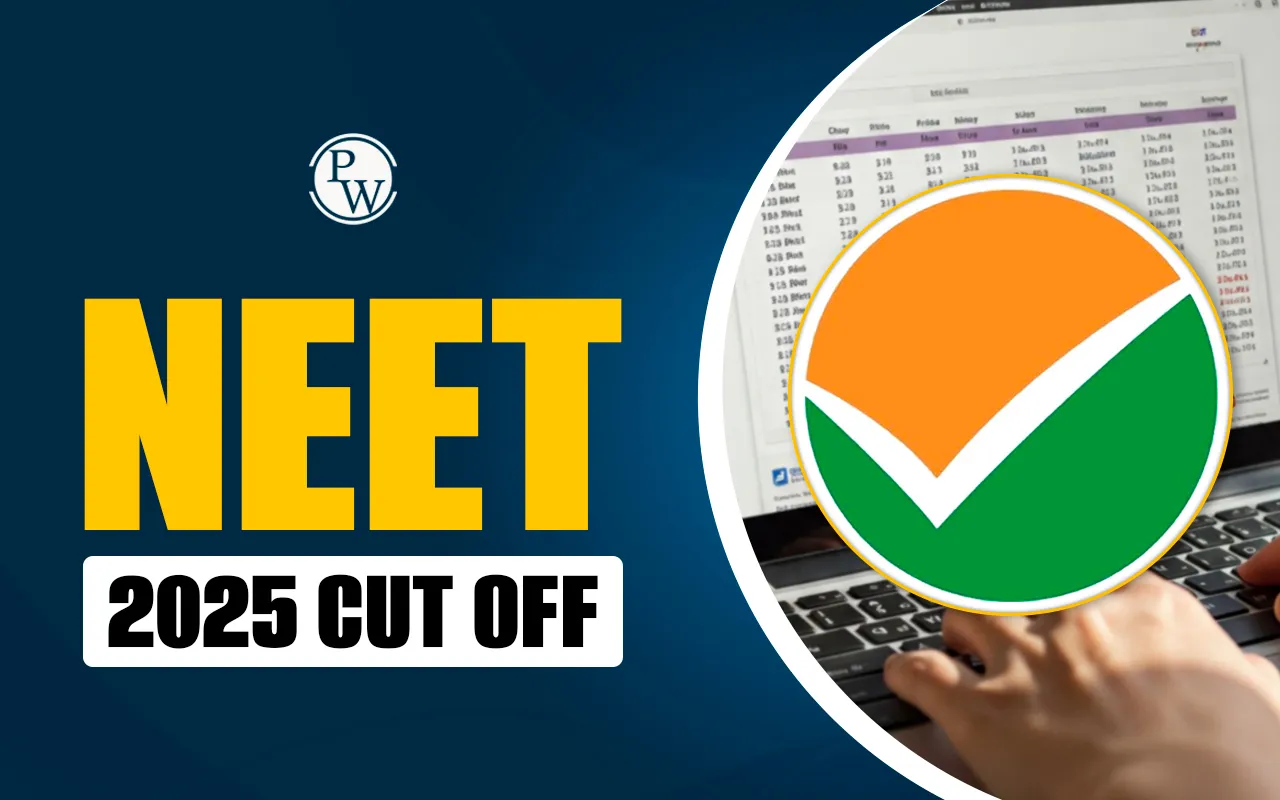
Mechanism of DNA Replication: The process of DNA replication is fundamental to life as it ensures that every cell in an organism receives an exact copy of the genetic material. This process is vital for growth, repair, and reproduction in all living organisms. DNA replication occurs during the cell cycle, specifically in the S-phase of interphase, and involves the precise copying of a DNA molecule to produce two identical DNA strands. This topic is important for the NEET exam as understanding DNA replication is crucial for concepts related to cell biology and genetics.
Mechanism of DNA Replication
DNA replication is a semiconservative process, which means that each of the two new DNA molecules consists of one original strand and one newly synthesized strand. The replication process involves three main phases: initiation, elongation, and termination. During initiation, the replication machinery assembles at the origin of replication, and helicase unwinds the DNA. In the elongation phase, DNA polymerases add nucleotides to the growing DNA strands, synthesizing one continuously (the leading strand) and the other in fragments (the lagging strand). Termination occurs when replication is complete, and enzymes finalize the process by sealing gaps and removing any errors. The semiconservative nature of replication ensures that the genetic information is preserved and passed on with high fidelity, minimizing mutations or errors.
DNA Replication Definition
DNA replication is the biological process by which an organism duplicates its DNA to ensure that each daughter cell receives an identical set of genetic instructions. It is a semiconservative process, meaning that each newly formed DNA molecule contains one original (parental) strand and one newly synthesized (daughter) strand. This method maintains the genetic continuity of an organism across generations.
DNA Replication Steps
The process of DNA replication occurs in a highly organized sequence of events to ensure accuracy. These steps are:
- Initiation: The replication process begins at specific points called origins of replication. Proteins bind to these sites, unwinding the double helix to form a replication fork. This step involves the separation of the two DNA strands, creating a template for the synthesis of new strands.
- Unwinding of DNA : The enzyme helicase breaks the hydrogen bonds between the complementary base pairs, unwinding the DNA helix into two single strands. Single-strand binding proteins stabilize these strands, preventing them from reannealing.
- Primer Synthesis: Before new DNA strands can be synthesized, short RNA primers are added to the template strands by the enzyme primase. These primers provide a starting point for DNA polymerases to begin synthesis.
- Elongation: DNA polymerases synthesize new DNA strands by adding nucleotides complementary to the template strand. The leading strand is synthesized continuously in the 5' to 3' direction, while the lagging strand is synthesized discontinuously in small fragments called Okazaki fragments.
- Removal of Primers: After the DNA segments are synthesized, RNA primers are removed by specific enzymes. DNA polymerase fills the gaps left by the removed primers with the correct DNA nucleotides.
- Joining of Fragments: The enzyme DNA ligase seals the nicks between Okazaki fragments on the lagging strand, forming a continuous DNA strand. This ensures the structural integrity of the newly formed DNA molecule.
- Termination: Replication concludes when the entire DNA molecule is copied. Specific sequences signal the end of replication, and the newly synthesized strands are proofread for errors to ensure accuracy.
Role of Enzymes in DNA Replication
Several enzymes play critical roles in the DNA replication process, each contributing to the accuracy and efficiency of the process.
- Helicase : This enzyme unwinds the double helix by breaking the hydrogen bonds between the two DNA strands.
- Single-Strand Binding Proteins (SSBs): SSBs stabilize the unwound DNA strands, preventing them from reannealing or forming secondary structures.
- Primase: Primase synthesizes short RNA primers that serve as starting points for DNA polymerase.
- DNA Polymerase : DNA polymerase is the enzyme responsible for adding nucleotides to the growing DNA strand. It also proofreads the newly synthesized DNA to correct any errors.
- DNA Ligase : Ligase is essential for sealing the nicks between Okazaki fragments on the lagging strand, ensuring the continuity of the DNA strand.
- Topoisomerase: Topoisomerase prevents the overwinding or tangling of DNA ahead of the replication fork by relieving torsional stress.
MCQs of Mechanism of DNA Replication
Q1. For a long DNA molecule, since the two strands of DNA cannot be separated in its entire length (due to very high energy requirement), the replication occurs within a small opening of the DNA helix, referred to as;
- okazaki fragments
- semiconservative replication
- replication fork
- origin of replication
Q2. During DNA replication, Okazaki fragments are used to elogate;
- the leading strand towards the replication fork.
- the lagging strand towards replication fork.
- the leading strand away from the replication fork.
- the lagging strand away from the replication fork.
Q3. DNA dependent DNA polymerase catalyze polymerization in _______ direction only (in terms of newly synthesized strands).
- 5 → 3'
- 3' → 5'
- 5' → 3'
- 3 → 5
Answers of MCQs of Mechanism of DNA Replication
Ans1. Replication fork, Ans2 . The lagging strand away from the replication fork., Ans3. 5' → 3' Unlock your path to success with PW's comprehensive NEET preparation resources like useful guidance, personalized study plans, mock tests, and PW Online NEET Coaching designed to help you achieve your dream medical college.
| NEET Exam Important Links | |
|---|---|
| NEET Syllabus | NEET Biology Diagrams |
| NEET Biology MCQ | NEET Biology Chapter wise Weightage |
| NEET Biology Notes | NEET Previous Year Question papers |
Mechanism of DNA Replication FAQs
Q. What are the mechanisms of DNA replication?
Q. What are the 7 steps of DNA replication?
Q. What is the mechanism by which DNA replicates?
Q. What is the basic mechanism of DNA?
Q. Which mechanism represents DNA replication?










